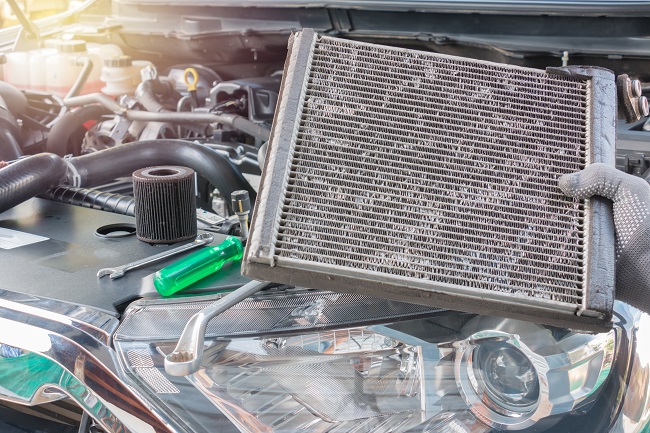Every motor and moving part generates heat. This is true for your home’s air conditioning system, your car, and even the device you’re reading this article on. The radiator is the part where heat exchange happens. The coolant running through your engine picks up a lot of the generated heat and transports it to the radiator, which cools down that coolant and expels heat outside your car. How do you know if your radiator is going bad?

When the radiator is broken, regardless of the cause, it can’t handle that heat exchange as well as it used to. Your engine will start to overheat, and that shortens the lifespan of the parts. Here are the two main signs that what’s going wrong:
Check the temperature on the dashboard.
Cars are built to help you know when something is wrong with them, and smart cars have even more sensors to let you know if something is broken. So check the dashboard for check engine lights and monitor the temperature gauge for under the hood. Those provide clear warning signs.
Depending on how smart your car is, you might also get a warning for low coolant. If you have an older model that can’t detect that problem, check for the next warning sign.
Check for leaking fluid.
Anytime your car is leaking something besides water (as condensation), something’s gone wrong. So keep an eye out for fluid drips in your driveway or wherever you park your car. For radiators specifically, a common culprit is leaking coolant. Once your cooling system doesn’t have the right pressurized quantity of coolant, it can’t do its job. Coolant is also likely to pool on the floor of your car, not just on the ground.
If you see signs of a failing radiator, go to Anything Automotive. Our garage can get your car fixed and back on the road.
